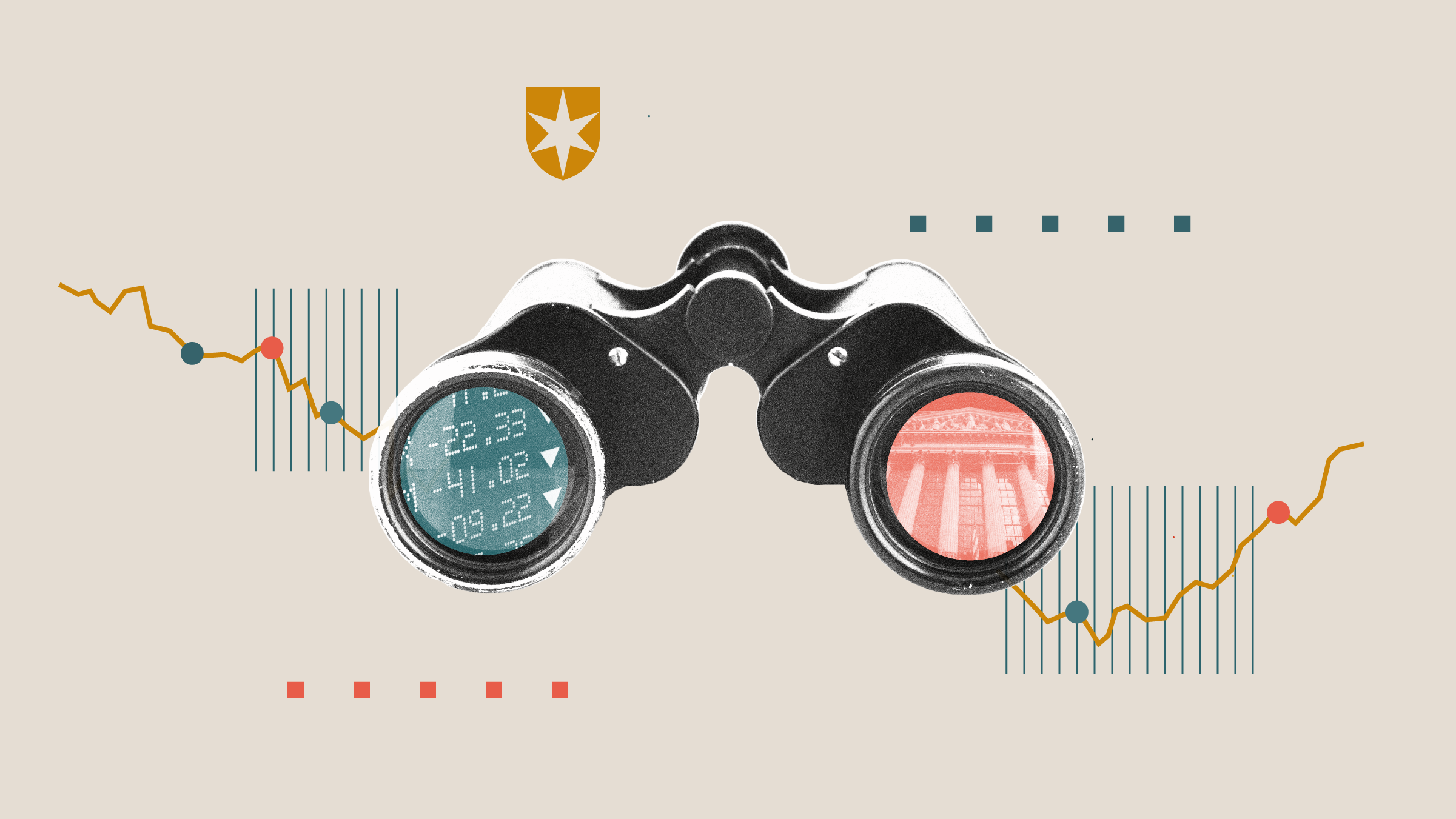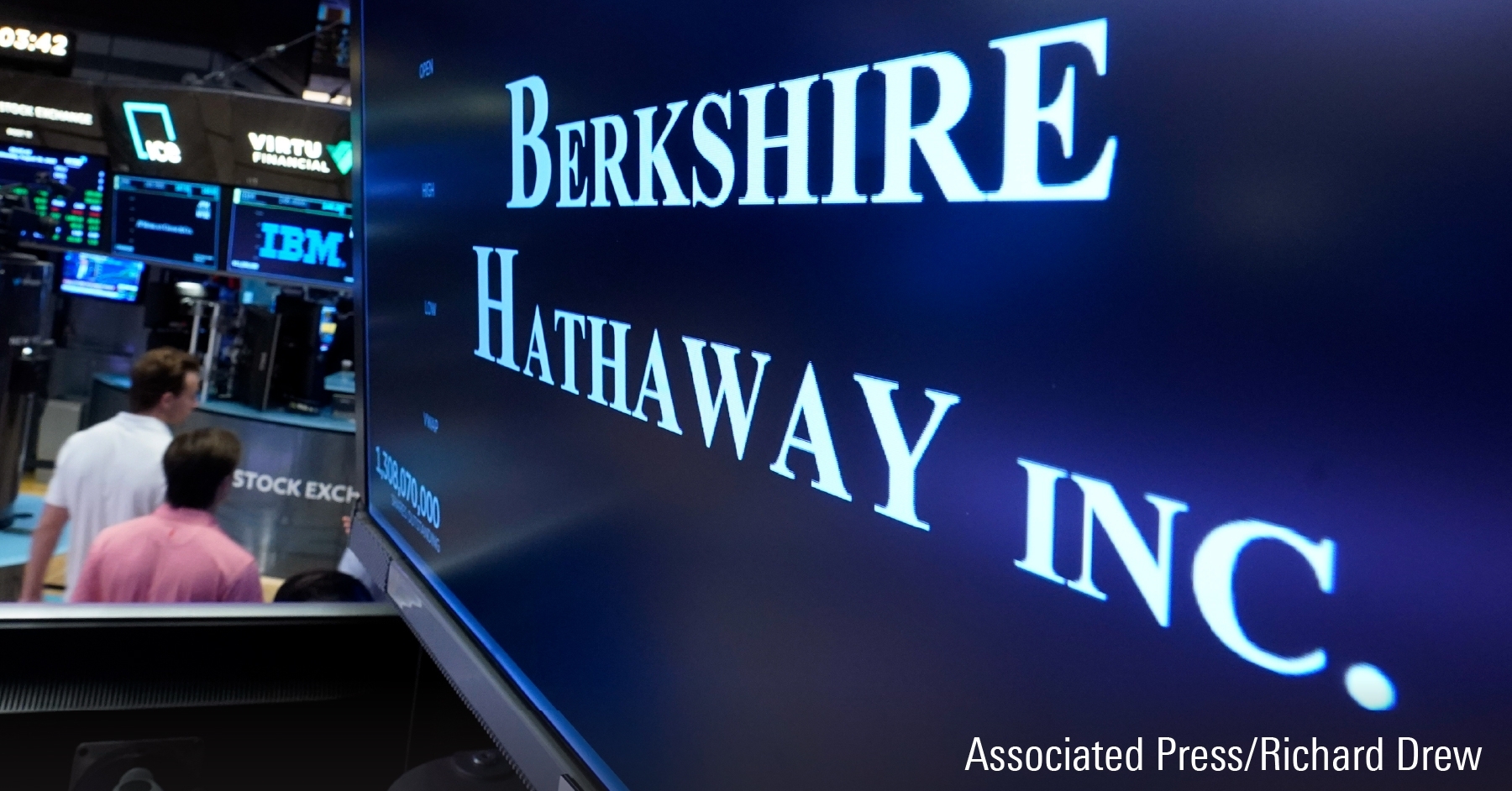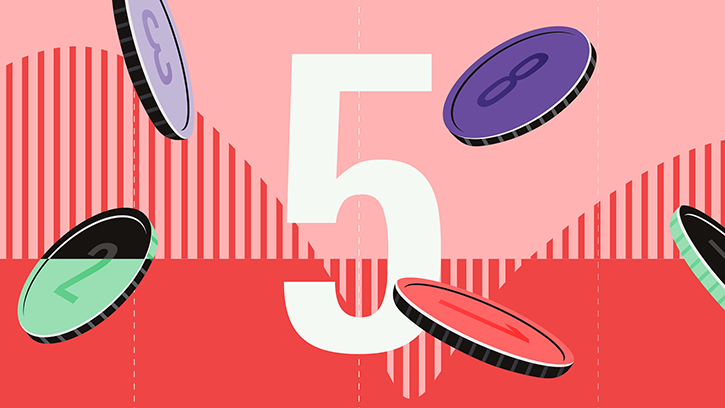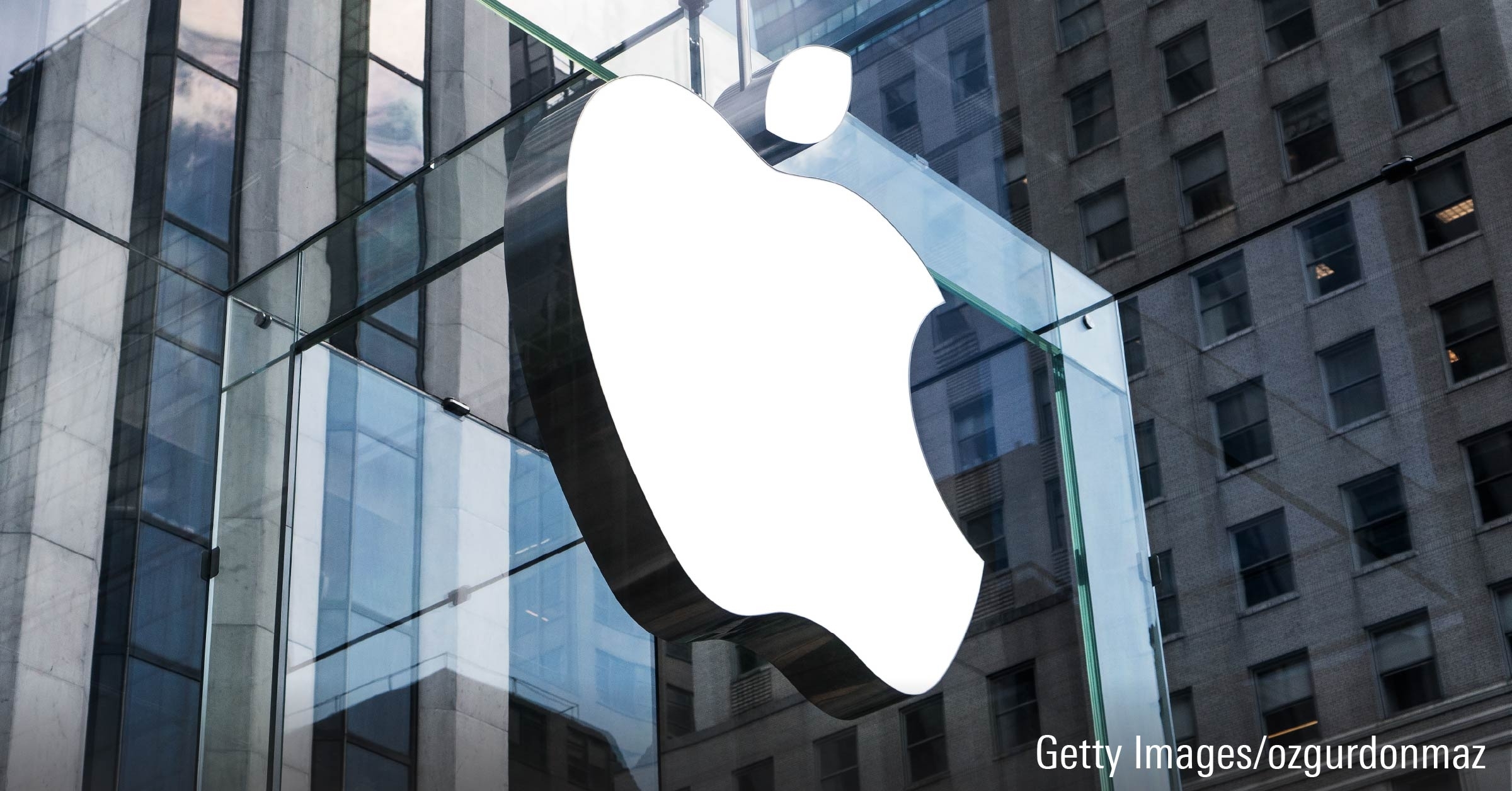Plummeting oil prices, including last week’s sharp drop in WTI crude prices, coupled with amplified volatility across global equity markets have put the US energy sector on course to be one of the worst performing sectors of the year, second only to minerals. The S&P 500 Energy Index is down 7% for the year to date, compared to nearly 3% gains for the S&P 500 index, according to S&P Dow Jones Indices.
Up until recently, oil prices were expected to continue to be under pressure given the ability and motivation of the Organization of the Petroleum Exporting Countries (OPEC) to ramp up production, causing a supply glut. However, if OPEC decides to cut production at its Dec 06 meeting, this could change.
While it’s unclear how things will shake out on the supply side, the recent OPEC World Oil Outlook report forecasts stronger long-term demand for oil, driven by emerging economies.
Such demand growth could lift oil prices and create a strong tailwind for some energy companies with a large oil exposure. Investors looking to play the energy market may find attractive openings after the recent sell-off dented valuations. These four leading oil company stocks are now trading at considerably lower prices than their fair value, representing a large margin of safety, according to Morningstar equity research:
| Royal Dutch Shell PLC ADR Class B | ||
| Ticker: | RDS.B | |
| Current yield: | 5.97% | |
| Forward P/E: | 9.09 | |
| Price: | US$63.58 | |
| Fair value: | US$83 | |
| Value: | 24% discount | |
| Data as of Nov. 14, 2018 | ||
European integrated oil and gas giant, ![]() Royal Dutch Shell (RDS.B) explores for, produces, and refines oil around the world. The company, which operates refineries in the Americas, Asia, Africa, and Europe, produced 1.8 million barrels of liquids and 10.7 billion cubic feet of natural gas per day in 2017.
Royal Dutch Shell (RDS.B) explores for, produces, and refines oil around the world. The company, which operates refineries in the Americas, Asia, Africa, and Europe, produced 1.8 million barrels of liquids and 10.7 billion cubic feet of natural gas per day in 2017.
Shell has been strategically cutting costs by reducing headcount and improving its supply chain. “The addition of [the British gas and oil firm] BG’s low-cost production reduces Shell’s per-barrel operating cost,” says a Morningstar equity report, adding that Shell “already reduced operating cost by 20% from 2014 levels” and that further reductions are possible in later years.
The company is also tightening its yearly capital spending to US$25 billion through 2020, nearly half of its spending levels in 2014. Morningstar sector strategist, Allen Good, attributes this reduction to cost deflation, improved performance, and design standardization, which have significantly improved potential returns and crimped total project spend. “The sharp decrease should improve capital efficiency, but should not completely sacrifice growth,” he assures.
The improved economics are most visible in Shell’s future projects in the Gulf of Mexico and Brazil, where break-even levels have fallen to US$45 per barrel oil. “Combined with projects nearing completion, high-return conventional reinvestment opportunities, and a large LNG portfolio, the oil giant can deliver modest production growth at a reduced level of spending,” says Good, who recently upped the stock’s fair value estimate from US$78 to US$83.
The moves reflect a higher degree of confidence in the firm’s ability to deliver excess returns at midcycle oil price of US$60 per barrel, which also underpins Good’s recent decision to upgrade Shell’s economic moat from none to narrow.
| BP PLC ADR | ||
| Ticker: | BP | |
| Current yield: | 6.18% | |
| Forward P/E: | 9.76 | |
| Price: | US$40.37 | |
| Fair value: | US$52 | |
| Value: | 23% discount | |
| Data as of Nov. 14, 2018 | ||
British energy giant BP PLC (BP) explores for, produces, and refines oil around the world. It produced 2.3 million barrels of liquids and 7.7 billion cubic feet of natural gas per day in 2017, including volumes from its 20% ownership interest in Rosneft.
Having settled the costly Gulf of Mexico oil spill issue, BP is training its focus on competing in a world of lower oil prices through cost reductions and margin improvement. “Its first step is to improve its cost structure and reduce its capital outlays so that it can cover its dividend at US$50 per barrel of oil in 2018,” says a Morningstar report, which projects break-even levels falling to US$50 by 2021.
On the other hand, BP's spending is expected to fall to US$15-US$17 billion from 2018, a sharp contraction from the US$25 billion peak in 2013. “At this level, BP will continue to invest the least among the peer group for its level of production,” says Good, noting that the firm "will continue to grow through a mix of projects already under construction or nearing completion and those that have qualified for a final investment decision due to cost reduction.”
BP plans to add 800 thousand barrels of new gross production to its capacity by 2020, 85% of which is at least under construction. “With these new volumes sporting margins 35% higher than the existing portfolio, BP's upstream margin should improve further over time,” says Good, who recently upgraded the stock’s fair value from US$44 to US$52. He also upgraded BP’s economic moat rating to narrow from none, prompted by a strong quarterly performance, higher oil prices in the short term, and acquisition of onshore U.S. oil and natural gas assets from the world’s biggest miner, BHP.
| Chevron Corp | ||
| Ticker: | CVX | |
| Current yield: | 3.88% | |
| Forward P/E: | 11.7 | |
| Price: | US$115.72 | |
| Fair value: | US$136 | |
| Value: | 14% discount | |
| Data as of Nov. 14, 2018 | ||
California-based energy behemoth ![]() Chevron (CVX ) owns exploration, production, and refining operations worldwide. The second-largest American oil company owns refineries in the U.S., South Africa, and Asia.
Chevron (CVX ) owns exploration, production, and refining operations worldwide. The second-largest American oil company owns refineries in the U.S., South Africa, and Asia.
Chevron recently reported its third-quarter earnings which doubled to US$4 billion from US$2 billion last year, boosted by an uptick in oil prices, and a 9% production growth through new projects and continued outperformance in the Permian Basin. “Chevron’s Permian position is a real differentiator to peers, given its size, quality, and lack of royalty,” says a Morningstar report.
The oil heavyweight also clocked a staggering US$9.6 billion in operating cash flow, nearly doubling from US$5.5 billion last year, bringing the year-to-date total to US$21.5 billion compared with US$14.2 billion in the same period last year.
“In recent years, Chevron's oil portfolio has led to peer-leading margins and returns on capital,” says a Morningstar report, noting that new production in Mexico, Africa and Australia will “serve as the growth engine for Chevron in years to come, setting it up for peer-leading growth during this year.”
Morningstar forecasts that a conspiracy of improving oil prices, cost reduction and increased production will improve cash flow for the next five years. “Free cash flow should increase as capital spending declines due to Chevron investing in shorter-cycle, less capital-intensive projects like unconventional production in the Permian Basin and brownfield expansions of existing projects, which will also deliver the next stage of production growth,” says Good, who recently upped the stock’s fair value from US$121 to US$136, prompted by the latest financial results and updated oil price assumptions.
He projects average annual production growth of 4% through 2022, relative to the company’s expectation of 4%-7% growth in 2018.
| Exxon Mobil Corp | ||
| Ticker: | XOM | |
| Current yield: | 4.29% | |
| Forward P/E: | 13.48 | |
| Price: | US$77.39 | |
| Fair value: | US$90 | |
| Value: | - | |
| Data as of Nov. 14, 2018 | ||
Energy major ![]() ExxonMobil (XOM ) explores, produces, and refines oil globally. The company is the world’s largest refiner and one of the world’s largest manufacturers of commodity and specialty chemicals.
ExxonMobil (XOM ) explores, produces, and refines oil globally. The company is the world’s largest refiner and one of the world’s largest manufacturers of commodity and specialty chemicals.
Unlike its peers that are focused on curbing spending and improving cash returns to shareholders, “ExxonMobil is planning to ramp up capital spending with the goal of doubling earnings and cash flow from 2017 levels by 2025 and delivering a return on capital employed of 15%, compared with 7% in 2017,” says a Morningstar report. “Exxon’s view is that it holds a host of high-return projects that can leverage its superior integrated model and thus warrant investment.”
Given that Exxon is the highest-quality integrated with differentiated downstream and chemicals segments, “it stands to reason that it should invest to maximize those advantages,” says Good.
Exxon generates its superior returns through the winning combination of low-cost assets and a low cost of capital, features that underpin its competitive strength. While these returns may get diluted in the near term due to the firm’s decision to increase investment in new projects, ultimately “these projects should bolster its competitive position with an average break-even of US$40/barrel,” and cover spending requirement and dividends during oil price volatility, says Good, who recently increased the stock’s fair value estimate from US$85 to US$90, incorporating the latest financial results, growth outlook, and updated near-term oil price assumptions.
The company recently reported a solid third-quarter performance with a 57% jump in its quarterly profits (US$6.2 billion), on revenue of US$76.6 billion, led by increased production.

















